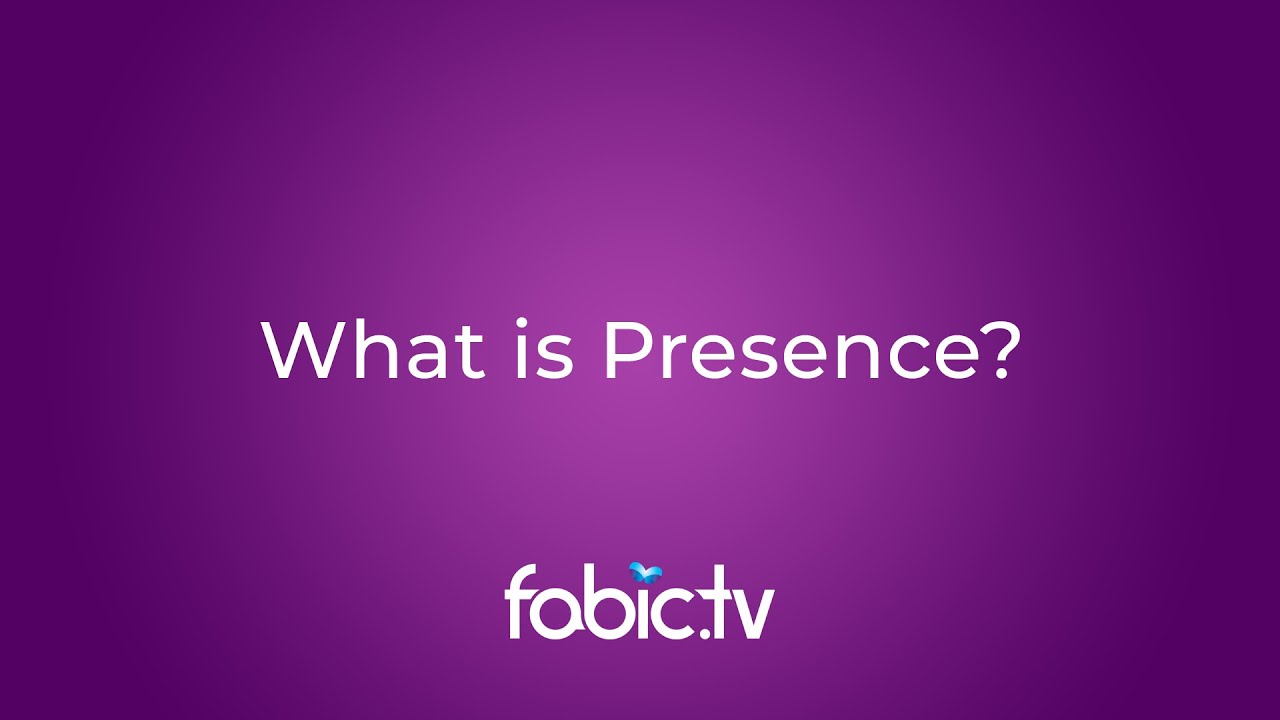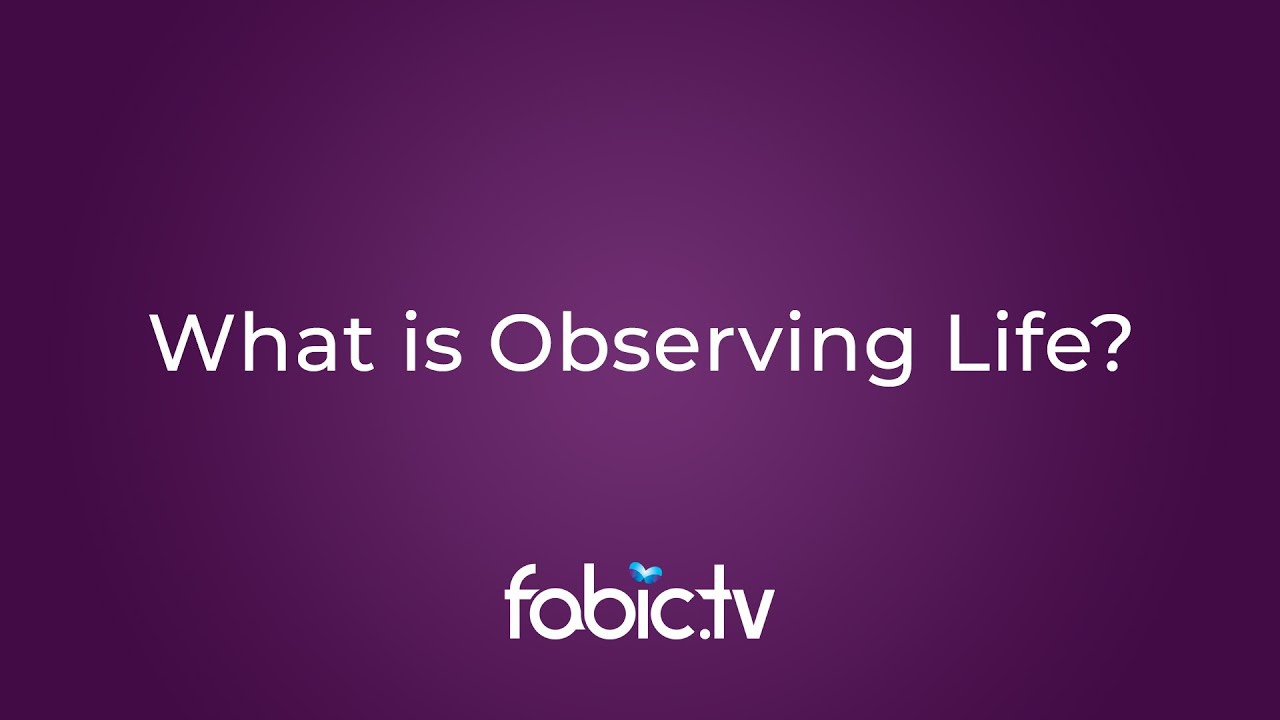When we approach the world with sympathy and empathy, it communicates a sentiment of feeling sorry for an individual and the challenges they are facing. Understanding, which is the antidote to sympathy and empathy, acknowledges that the life lesson presented is indeed extremely challenging, may even seem insurmountable in the moment, but encourages the individual to embrace the lesson fully when they are ready.
Senior Behaviour Specialist Tanya Curtis demonstrates that understanding allows us to recognise that the person may not yet feel equipped to respond to the life lesson and conveys confidence in their ability to overcome the difficulties. While empathy and sympathy seek to pull someone out of their life lesson, understanding walks beside them as they develop the skills to respond to whatever life presents.
Understanding recognises that there are lessons yet to be mastered and offers support in developing the skills to become the master over the presented life lesson. In contrast, empathy and sympathy attempt to shield individuals from life lessons, which can result in those lessons repeating until the person is ready to face and embrace them. Thus, the natural consequences of sympathy and empathy can be detrimental, robbing individuals of the opportunity to develop the skills needed to master life’s challenges.
This video may be useful for those searching for the following:
- What is empathy?
- What is sympathy?
- Empathy vs sympathy
What to watch next:
And for a deeper dive into all things LASTING behaviour change with FABIC:
For two articles on this topic, go to: our blog and our workshops.
And then there is this downloadable quote on understanding vs judgment.
- The episode ‘An Introduction to Understanding and Changing Behaviour‘ is part of the FABIC Foundations 101 series and can be purchased here.











